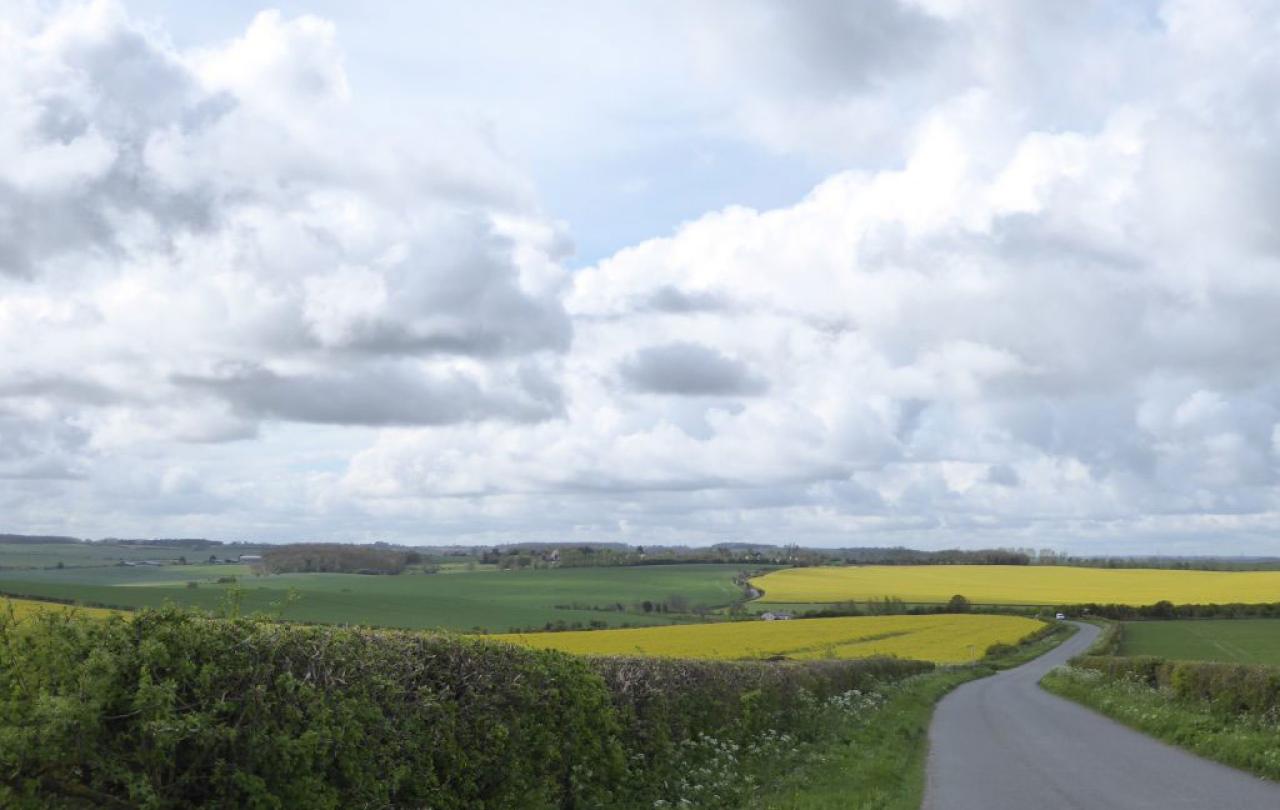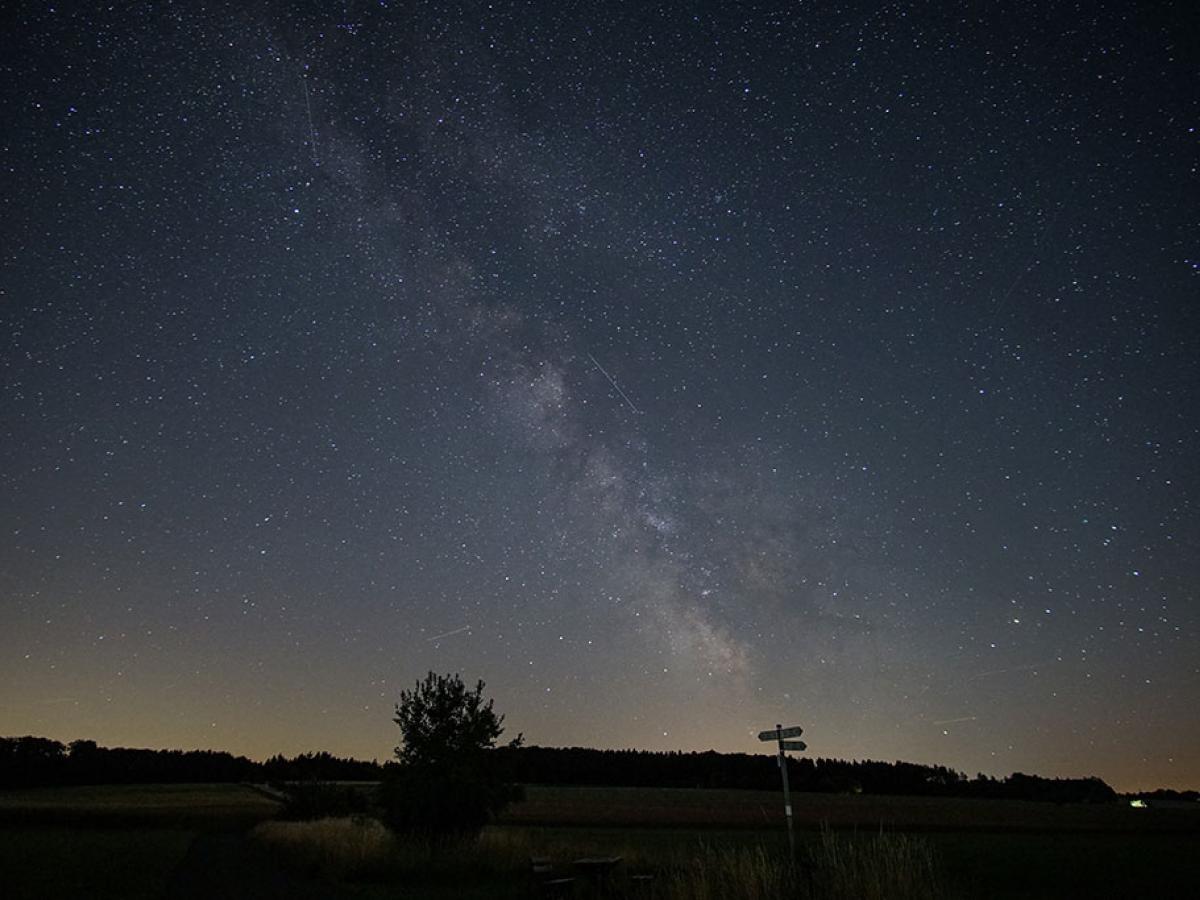“Richard Dawkins says he’s a cultural Christian,” I said over breakfast.
“What’s that?” she asked.
I had a stab at it. “Someone who doesn’t buy the Christian faith, but likes hymns and churches and to live in a nominally Christian country, because it’s decent. Apparently.”
“So what’s new?” she said.
She has a point. I’ve just completed a decade as a rural parish priest and plenty of people came to church because it’s a respectable, middle-class thing to do. It’s as comforting as it is comfortable.
But cultural Christianity is a thing of the moment not just because of the pop-atheist Dawkins. To be honest, he’s struggled to retain his increasingly embarrassed atheist flock over the past decade, so in the public sense he’s not much of a trophy. But there are those of higher and more surprising profiles, who have come out for Christianity as the very essence of our culture and the bulwark against something much worse (for which read Islam).
The backlash against New Theism has been swift. And, strangely, most of it hasn’t come from humanists and atheists.
A key text for cultural Christians is Tom Holland’s Dominion: The Making of the Western Mind. It posits, inter alia, that Christianity is the foundation of our civilisation, even the bits that try to destroy the faith. Holland has more recently experienced a miraculous cure from cancer through intercession (which sounds suspiciously like deal-making prayer, but never mind).
Then there’s Ayaan Hirsi Ali, whose journey from Islam to atheism to Christianity traces her developing conviction that secular humanism is a reed in the wind against the threat to the West from militant Islam. Holland and Ali, among many others, including women’s rights activist Louise Perry in her apologia for traditional Christian morality, The Case Against the Sexual Revolution, fuel the enthusiasm of Justin Brierley for a new renaissance in his joyful book, The Surprising Rebirth of Belief in God.
Collectively, these are called the New Theists, who ride against the four horsemen of the atheist apocalypse (more accurately, perhaps, the four hacks of the new millennium), Dawkins, the late Christopher Hitchens, Daniel Dennett and Sam Harris.
The backlash against New Theism has been swift. And, strangely, most of it hasn’t come from humanists and atheists, but from what one might call established Christians. I have heard the likes of Ali and Holland called cosplay Christians and their faith derided as Christianity-lite.
Dawkins still says the Christian faith is nonsense, but who’s to say the spirit isn’t moving in him?
Robert Thompson, a north London priest, has posted that “we will be in the midst of Christian revival… when we actually reorder our lives around the abused Christ and raise the abused Christ’s body”. He argues against Brierley’s championing of London’s oldest church, St Bartholomew the Great, because it’s “the gayest church in town” (no, I didn’t follow this line of argument either) and critiques Brierley’s account of Holland’s witness (if not conversion) by comparing it with “the worst Easter Day sermon I’ve ever heard”.
I accept that this is a savage paraphrase in its brevity. But it’s all there and it comes not from any of the (now old) New Atheists, but from someone ordained to the priesthood. Meanwhile, Chine Macdonald, director of the Christian think tank Theos, writes in relation to his claims of cultural Christianity that “Dawkins isn’t actually a fully paid-up follower of Jesus” and that she’ll save her excitement over New Theists until they start “talking about the ways in which their lives have been turned upside down by the radical love of Jesus Christ.”
Frankly, all this sounds a bit snobbish and patronising, as if there’s a minimum bar for Christian entry, as if it’s cosplay Christians indulging in Christianity-lite. Sure, Dawkins still says the Christian faith is nonsense, but who’s to say the spirit isn’t moving in him? Frankly, I have people at my communion rail who say the same thing. And, to be brutally honest, I can count on one hand those of my very many Christian friends who claim that their world has been turned upside down by the radical love of Jesus Christ.
To be clear, Thompson and Macdonald have important things to say. Thompson writes movingly about his pastoral experience of cystic fibrosis patients in hospital, to take theological issue with Brierley for writing about “an unbiblical God who simply does not exist” as he waited with his patients “until they died… generally well before their 40th birthday.” No Holland miracle cures, please.
Macdonald writes usefully about the difference between the word “Christian” as an adjective and a noun, the New Theists being Christian adjectives in action. She also speaks of Dawkins’ talk of Christianity as a “decent” religion (as opposed to Islam) and his feeling “at home” in a Christian country as code for “whiteness”. To my shame, I hadn’t thought about that.
This would all be an ecclesiastical spat, like arguing about angels on a pinhead, if it weren’t for a darker danger beneath it. I think of former nun Karen Armstrong’s work on the dangers of religious fundamentalism when outsiders are excluded. In that context, I worry even more about those who claim that the New Theists are the work of “the enemy”, or Satan, because they “hollow out” our faith more insidiously than atheists.
In contrast to that, Bishop Graham Tomlin gave a sermon at Lambeth Palace the other day in which he referenced Dietrich Bonhoeffer’s claim to a faith that proclaims Christ at its centre, rather than worrying too much about the boundaries of the Christian community, which are always a bit fuzzy. I like that, because with fuzzy boundaries it becomes harder to exclude New Theists.
It’s tough being a Christian, whether new or old. When a rich young man comes to the Nazarene and asks how he can acquire the kingdom of heaven, he’s told to sell all he has, give the money to the poor and follow him.
None of us can reach that bar. But the implication I hold on to is that he’ll walk alongside us anyway. And that applies to everyone in this column, without exception. Now that’s what I call radical love.


